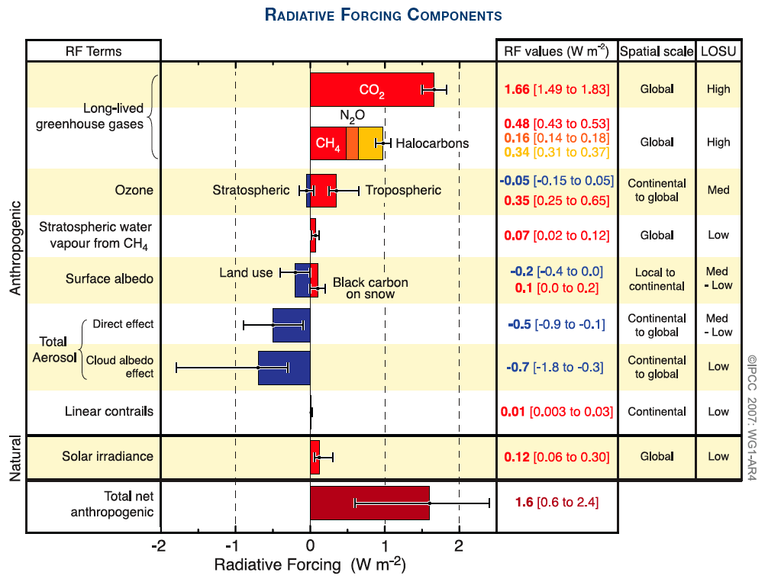“Ever notice an earthy smell in the air after a light rain? Now scientists at MIT believe they may have identified the mechanism that releases this aroma, as well as other aerosols, into the environment.
Using high-speed cameras, the researchers observed that when a raindrop hits a porous surface, it traps tiny air bubbles at the point of contact. As in a glass of champagne, the bubbles then shoot upward, ultimately bursting from the drop in a fizz of aerosols.
The researchers suspect that in natural environments, aerosols may carry aromatic elements, along with bacteria and viruses stored in soil. These aerosols may be released during light or moderate rainfall, and then spread via gusts of wind.
“Rain happens every day — it’s raining now, somewhere in the world,” says Cullen R. Buie, an assistant professor of mechanical engineering at MIT. “It’s a very common phenomenon, and it was intriguing to us that no one had observed this mechanism before.”
“Until now, people didn’t know that aerosols could be generated from raindrops on soil,” Joung says. “This finding should be a good reference for future work, illuminating microbes and chemicals existing inside soil and other natural materials, and how they can be delivered in the environment, and possibly to humans.”
Buie and Joung have published their results this week in the journal Nature Communications.
Capturing a frenzy, in microseconds
Buie and Joung conducted roughly 600 experiments on 28 types of surfaces: 12 engineered materials and 16 soil samples. In addition to acquiring commercial soils, Joung sampled soil from around MIT’s campus and along the Charles River. He also collected sandy soil from Nahant Beach in Nahant, Massachusetts.
In the lab Joung and Buie set up a system of high-speed cameras to capture raindrops on impact. The images they produced revealed a mechanism that had not previously been detected: As a raindrop hits a surface, it starts to flatten; simultaneously, tiny bubbles rise up from the surface, and through the droplet, before bursting out into the air. Depending on the speed of the droplet, and the properties of the surface, a cloud of “frenzied aerosols” may be dispersed.
Frenzied means you can generate hundreds of aerosol droplets in a short time — a few microseconds,” Joung explains. “And we found you can control the speed of aerosol generation with different porous media and impact conditions.”
Buie says this mechanism may explain petrichor — a phenomenon first characterized by Australian scientists as the smell released after a light rain.
“They talked about oils emitted by plants, and certain chemicals from bacteria, that lead to this smell you get after a rain following a long dry spell,” Buie says. “Interestingly, they don’t discuss the mechanism for how that smell gets into the air. One hypothesis we have is that that smell comes from this mechanism we’ve discovered.”


